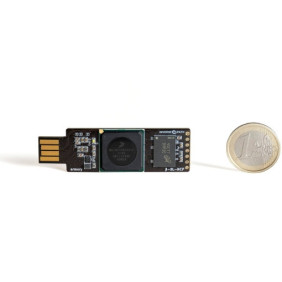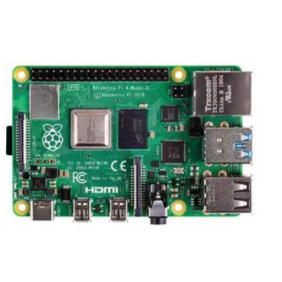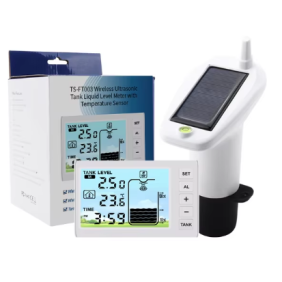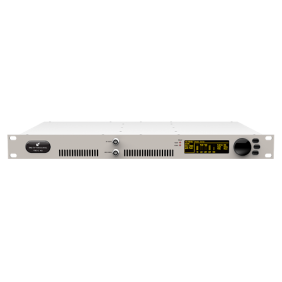Sound sensor switch MIC volume monitor Detector Adjustable 5V noise detector for Arduino
1. Description:
It is an audio-activated switch sensor module. Before use, you must first select whether the working source is stable and the ripple is small to ensure that the output noise is small enough.
2. Function:
1> .Signal output amplified 200 times
2>. Supports analog and digital signal output
3> .Adjustable sensitivity and amplitude
4> .The amplitude of the output audio signal is adjustable
5> .Add noise reduction resistance to suppress noise generation
6>. Single point grounding is used to reduce loop gain and improve audio signal quality
7> .The 470uF large capacity tungsten capacitor is used to filter the power supply to stabilize the power supply and reduce interference.
3. Description:
1>. Product Name: Sound-activated switch sensor module
2>. Operating voltage: DC 4V ~ 8V
3> Operating current: 5 mA
4> Working temperature: -25 ℃ ~ 85 ℃
5> Working humidity: 5% ~ 95% RH
6> .Size: 51 * 23 * 11.5mm
4. Analogue use:
1>. Connect VCC and GND, the module power indicator is lit (red light on the top right) and set the module potentiometer (left) to the appropriate position.
2>. Currently, the AO terminal can be connected to an ADC chip or ADC pin of a single-chip microcomputer for ADC operation to obtain an audio amplitude change value for more flexible secondary development, the AO terminal can also connect directly to a speaker or headphones. To play an amplified audio signal.
3>. When operating as an ADC, the AO terminal must be connected to a 1k-10K stripping resistor to ground, and if it only connects to an audio device such as speakers, there is no need to connect a stripping resistor
4>. This potentiometer mainly sets the amplitude of the analog signal of the AO output. At the same decibel volume, when the setting is clockwise, the amplitude of the AO output is larger; when set counterclockwise, the output amplitude AO is smaller. When set to end, it is equivalent to the ground wire of the positive end of the microphone pickup.
5. Digital use:
1>. Connect VCC and GND, the module power indicator is lit (red light on the top right), set the module potentiometer (left side) to the appropriate position (adjust according to the sound level in the current application, if it is at the first tuning and this signal is not specified, you can rotate it Set the hour hand to the end).
2> .Set the module potentiometer (right side) clockwise until the digital start indicator (blue light at bottom right) lights up in the sound environment that is not being tested, and then slightly counterclockwise until the digital start indicator goes out.
3>. The main function of the right potentiometer is to adjust the sound threshold when the DO emits a low pulse, i.e. when the sound exceeds this threshold, the DO emits a low pulse. When set clockwise, the threshold is smaller, when set counterclockwise, the threshold is higher.
4> .Place the module in the sound environment to be tested. It can be observed that when the module detects this sound, a blue light will illuminate and the DO terminal will emit a low pulse. The DO terminal can be connected to a controller such as a microcontroller to achieve more.Secondary development.
6. Use:
1>. It can convert ambient sound into an electrical signal to detect ambient sound. The AO output is an analog audio signal that can be directly connected to the appropriate audio device for audio playback and the audio size is adjustable. The ADC operation can also be performed on the AO side to collect signals for multiple applications.
2>. It can detect the sound of the environment. The sound threshold is set with a potentiometer. When the sound exceeds this limit, the DO pin emits a low level. Detecting the DO pin determines if the sound exceeds a specified threshold.
7. Note:
1>. Frequency modules above 4 kHz are not filtered out and may be output normally.
2>. Accept the pull and pull resistance on the AO to achieve a positive interval.
3>. If R1 is removed, an RC high pass filter will be created and its waveform reference will be placed at 0V.
4>. You can increase the operating voltage to obtain the average amplitude, but the voltage cannot exceed the allowable range.
5>. As the noise oscillates up and down, its maximum amplitude approaches 4V.
6>. The DO output corresponding to the moment when the amplitude exceeds the set threshold is a low pulse and the DO that does not exceed the threshold remains high.
7>. Try a small ripple and a stable power supply to ensure the quality of the output signal.
8>. The digital threshold adjustment potentiometer has no effect on the analog output. When used as digital values, these two potentiometers can be used
ed together to set the threshold more flexibly and comfortably.
9>. If you want to get a bigger amplitude, you can increase the pr






























